"If you can't beat 'em, join 'em"
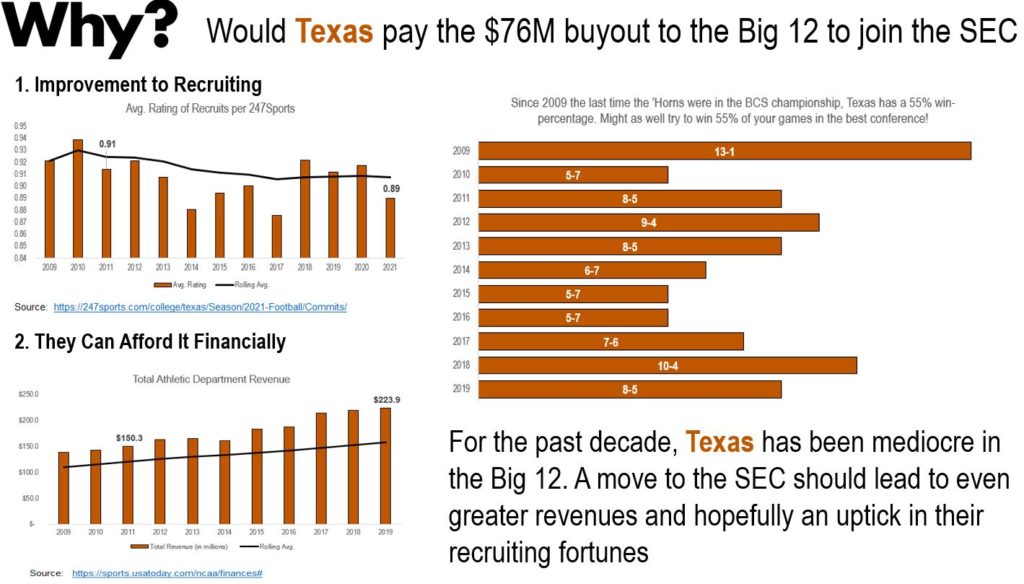

Elevating Operators. Sharpening Leaders. Strategic frameworks for thriving in finance, leadership, and life.
Sports Blog: Where Passion Meets Strategy
🏆 The Business & Brilliance of Sports – From the thrill of competition to the multi-billion-dollar industry behind it, this section dives into the stories, strategies, and insights shaping the modern sports world.
What You’ll Find Here
✅ Deep Dives on Teams & Tactics – Analysis of games, coaching strategies, and team dynamics.
✅ The Business of Sports – Exploring contracts, endorsements, revenue models, and financial moves in the sports industry.
✅ Cultural & Legacy Impact – How sports influence society, history, and the next generation of athletes.
My Go-To Sports Picks & Feeds
BBC 5 Live Sports ——> #ChelseaFC 🔵⚪ #NFFC 🔴⚪
Houston Sports Radio ——> #HoustonTexans 🏈 | #HoustonRockets 🏀 | #Astros ⚾ | #UHCougars ❤️
💡 From Game Day to Boardroom – Whether it’s playbook tactics, front-office moves, or billion-dollar media deals, sports is more than just a game—it’s a powerhouse of strategy, culture, and business. Let’s break it all down here.
"Moving to the SEC was a 100-year decision" --- R. Bowen Loftin, President of Texas A&M from 2010-2013
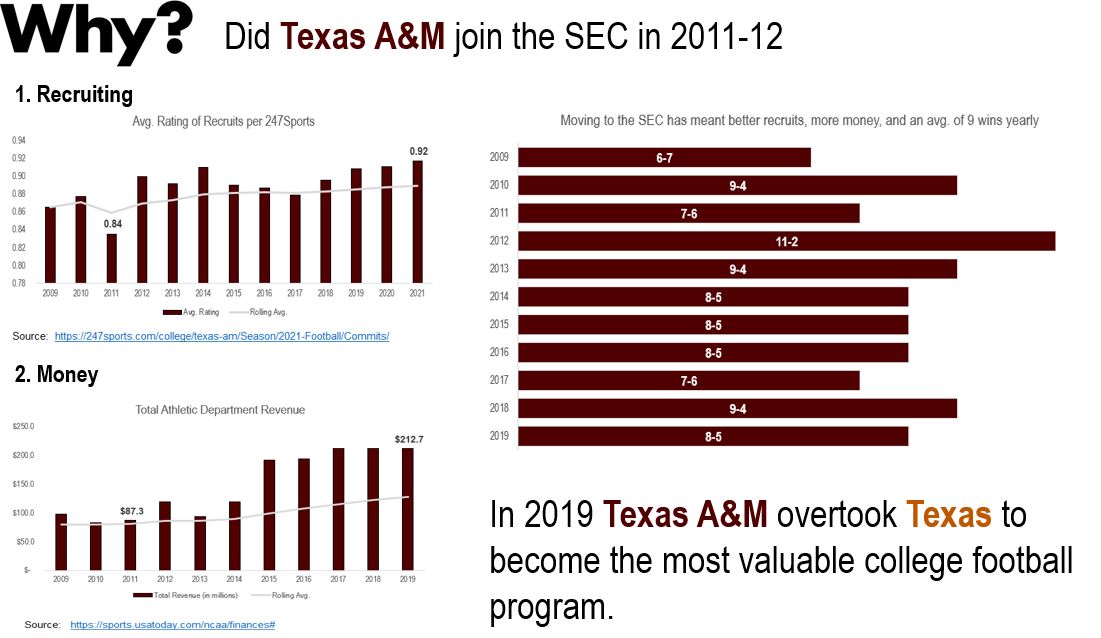
The 2018–19 season saw Carlito break into the Mansfield Town F.C. first team on a regular basis. He started the Stags’ first league match of the season, and quickly became a household name by the winter festive period. On November 24, 2018 he had one of his best games of the season assisting on all 3 goals in a 3-1 victory over Lincoln City F.C. By this point in the season, Carlito had netted 5 goals and provided 5 assists, helping the Stags collect 36 points from their first 19 games, and vault into second-place. Carlito had the complete game on December 22, 2018, winning man of the match and netting one goal and an assist in a 2-0 victory against Stevenage F.C. Carlito’s performances continued to accelerate as he helped to drive the Stags to the top of League Two by the end of January 2019, and earned the Player of the Month Award. The Stags continued to march on with the help of Carlito as they earned a pivotal three points on February 2, 2019 with a 2-1 come from behind victory against Macclesfield Town. For the remainder of the 2018–18 season Carlito would go on and establish himself as a nearly unstoppable play maker for the Stags. By season’s end, the Stags were crowned EFL League Two champions. All in all he made 53 appearances in all competitions during the 2018–19 season, scoring 18 times, and assisting on another 21 goals.
The FA Cup Miracle of 2018–19
Although FA Cup giant killers are a real thing, miracle runs like this can only happen on the sticks ?.
Los Angeles is a city with a deep sporting tradition. Between the Lakers, Dodgers, Kings, Bruins, and Trojans, the City of Angels fields professional and collegiate teams that historically have won a number of Championships. So in the summer of 2004 when the MLS agreed to a second team in LA, the expectations were high. In the shadows of the established LA Galaxy, Chivas USA was born.
From the beginning, Chivas USA leaned into the strong Hispanic heritage permeating Los Angeles, and placed a large bet on the fact that roughly 9% of the nation’s Hispanic population lives in LA:
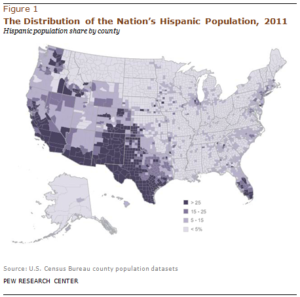
The lead investor, Jorge Vergara, was a Mexican businessman, film producer, and owner of football club Chivas de Guadalajara of the Mexican 1st division. With his support, Chivas USA modeled itself after its parent club, Chivas de Guadalajara, and set out to build a team in direct contrast to the bourgeois Galaxy across town.
In the inaugural 2005 season, Chivas USA drew 273,284 over 16 home matches and a franchise record 317,432 in Year 2. A deeper look into attendance by year reveals the Chivas USA average attendance in the early years were on par or above the league average.
From 2005 to 2009, Chivas USA made the playoffs four out of five years. But it’s on the field performance quickly dropped off from 2010 onward as the club missed the playoffs every year since 2010. By the final three years of its existence, Chivas USA were bottom of the league in average attendance and bottom of the league in performance.
To put it in more quantifiable terms, of the 320 regular season games played over their 10 year existence, Chivas USA lost 47% of them and drew 25% collecting on average only 36 of the available 96 points each season. Ultimately their tepid on the field performances caught up with them and their fans stopped showing up. Fans simply don’t like to support losing teams, especially fans in Los Angeles.
In this year’s version, I wanted to find a club in the fourth division of English football that was close to Nottingham Forest (my wife’s club). My hope was to play 1-2 years with the current team striving to get promoted. My target was to eventually be sold to a bigger club like Forest or Chelsea.


On November 24, 2018 (in the virtual world), Carlito has one of his best games of the year and announces himself to the EFL League Two during a 3-1 victory over Lincoln City.
In a 2-0 victory against Stevenage, Carlito as a complete game and wins man of the match with a 9.5 overall match rating.
Carlito’s performances continued to accelerate as he helped drive Mansfield Town F.C. to the top of the league by January 2019.
In January 2005 while abroad at Queen Mary University of London, I played a semester of club rugby, met a ton of friends for life, and immersed myself in Premier League Football. There were two “gentlemen” on the team I got on really well with, Teflon John and Mr. Dyson, whom both happened to be long-time Chelsea F.C. supporters. It is often said you don’t pick your team; it picks you, and in 2005, the Blues picked me.


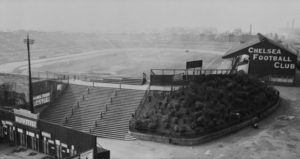
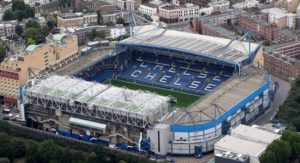
One of the biggest things I learned from Rick Glanvill’s book is that even prior to Roman Abramovich, Chelsea have always been a team that has had the money and the large crowds. What’s different now, is the success as measured in trophies. Undoubtedly some of the best footballers of each generation have played for the club (Greaves, Tambling, Bonetti, Osgood, Bridges, Venables), but prior to Abramovich and Jose Mourinho, they have failed dismally to consistently bring home silverware. Historically, Chelsea F.C. have been seen as a club that collects talented players that don’t blend well. But all of this changed after 2003. The following is a visual representation of what Chelsea F.C. has morphed into as a result of Roman Abramovich’s and eventually Jose Mourinho’s impacts:
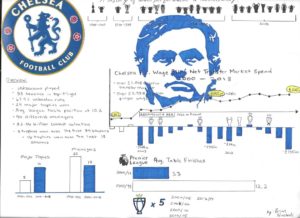
In 2015, Duke beat Wisconsin in the National Championship game. Kentucky and Michigan State made the Final Four. In the Nwokedi-Allen Bracket Challenge, every single one of us picked Kentucky as the champion except for my sister Jennifer, her husband Josh, and my wife Nicki. Consequently, that year’s winner was Jennifer and my wife Nicki finished last.
Word Count: 1,126
Estimated Reading Time: 5 to 10 minutes
[2] http://www.transfermarkt.co.uk/